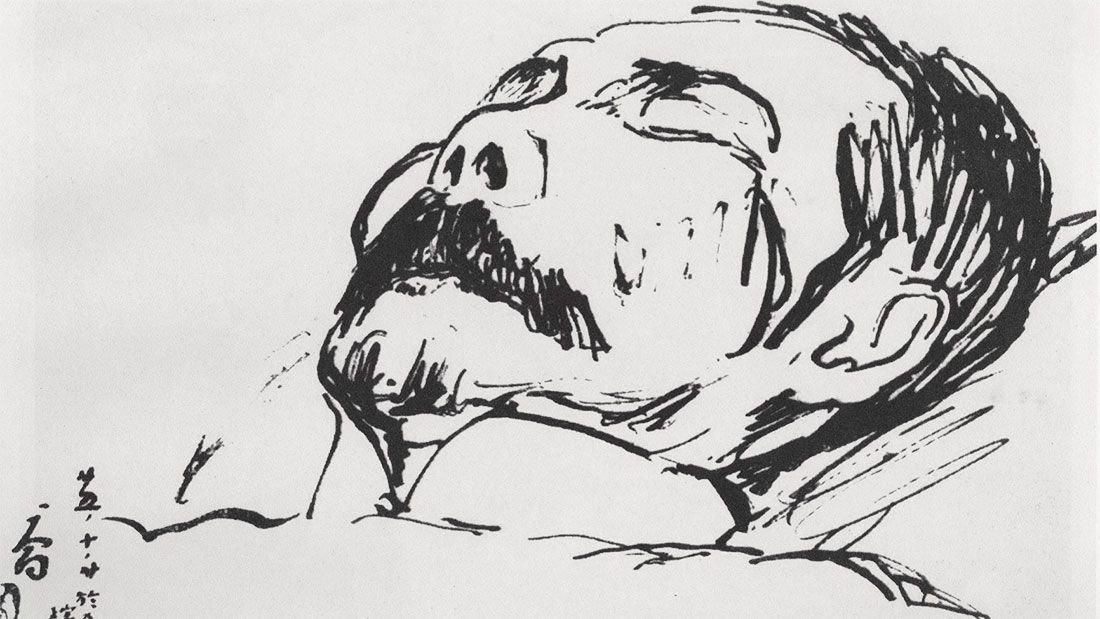Figuring Post-worker Shenzhen
In 2013, Handshake 302, an independent art space located in a 12.5-square-metre efficiency apartment, was opened in Baishizhou, Shenzhen’s most iconic urban village. The space functions as a gallery or an apartment, depending on the needs of the collaborating artists. Over the past five years, the curators have been able to create site-responsive art that grapples with the city’s uneasy negotiation between the formal and the informal, the urban and the rural, the emergent and the vanishing, as well as the anxieties that the Shenzhen’s success has generated.









